Glass-plate photography
The collection of glass-plate negatives held in the State Archives and Justice & Police Museum are endlessly fascinating and revealing.
State Archives Collection
The State Archives Collection holds thousands of photographic images from the late 19th Century to the present, capturing life in NSW in much of its richness and diversity. The original formats of these images vary widely, from glass plates and lantern slides to 35mm negatives, colour transparencies and prints.
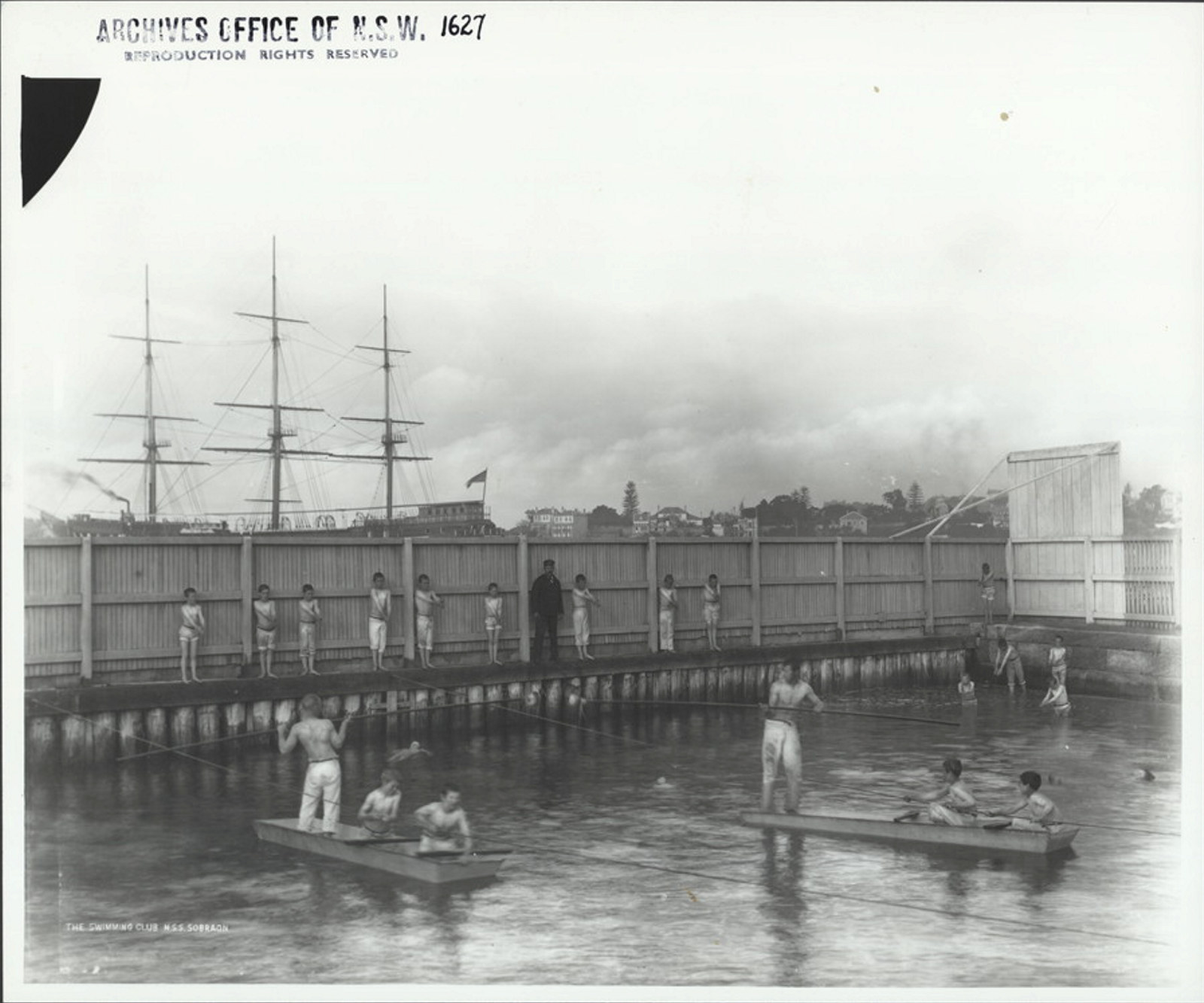
Government Printing Office Glass Negatives
Photography was a major activity of the Government Printing Office from the late 19th Century until well into the 20th Century
Maritime Services Board
Over 4000 digitised glass plate negatives from the Maritime Services Board (MSB), available to browse, date from 1870 to 1960 and show Sydney Harbour as a working harbour and place of natural beauty
Read onNSW Police Forensic Photography Archive
The NSW Police Forensic Photography Archive at the Justice & Police Museum contains photographic negatives in several formats and sizes created between around 1910 and 1964. These negatives are both a record of how NSW Police used photography and a reflection of how photographic technology changed during these decades.

The Collection: NSW Police Forensic Photography Archive
The Justice & Police Museum cares for an eclectic collection of material relating to Sydney’s criminal and policing history
Let's get technical

Conservation tip: rehousing glass plate negatives
As with many conservation techniques the expertise and dexterity of the practitioner is paramount to the success of the treatment

The archive’s negatives
The New South Wales Police Forensic Photography Archive contains photographic negatives in several formats and sizes created between around 1910 and 1964
What are the ‘Specials’?
The most popular images in the archive are those known as the ‘Specials’, mugshots of suspects in police custody, and especially those photographs taken between 1920 and 1930. We do not know why the police named the photographs ‘Specials’, but the term hints at the rare and inviting qualities of these images, and at their contravention of the norms of police mugshots. Unique among international police photography, the Specials capture both the physical characteristics of the suspect and a glimpse of their personality. Our research indicated that the Specials’ remarkable aesthetic may be the creation of police photographer George Howard, whose ‘artistic proclivities’ were noted in contemporary newspaper reports.
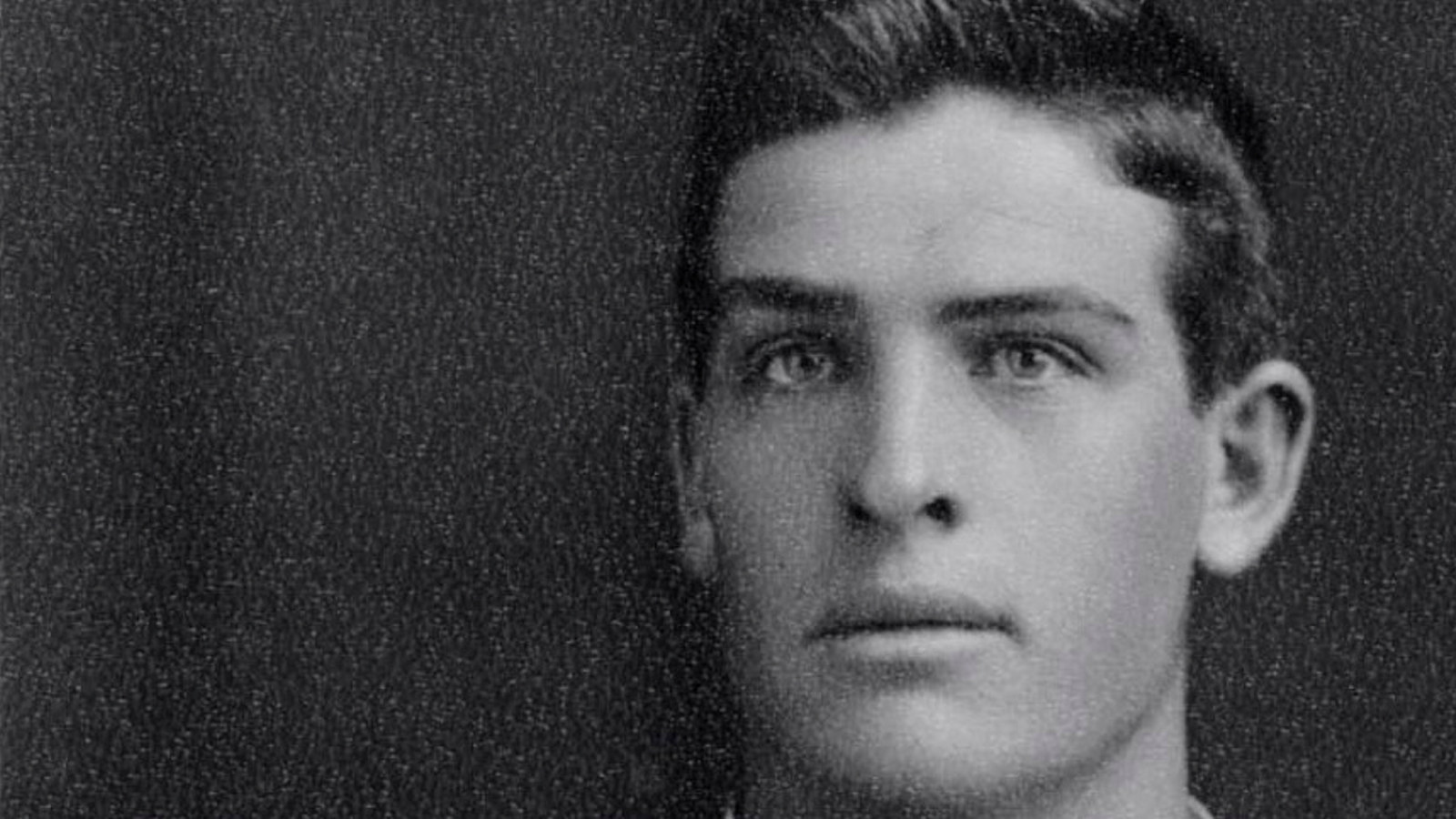
Police photographer George Howard
George B Howard was a prominent police photographer in Sydney during the 1920s
Underworld
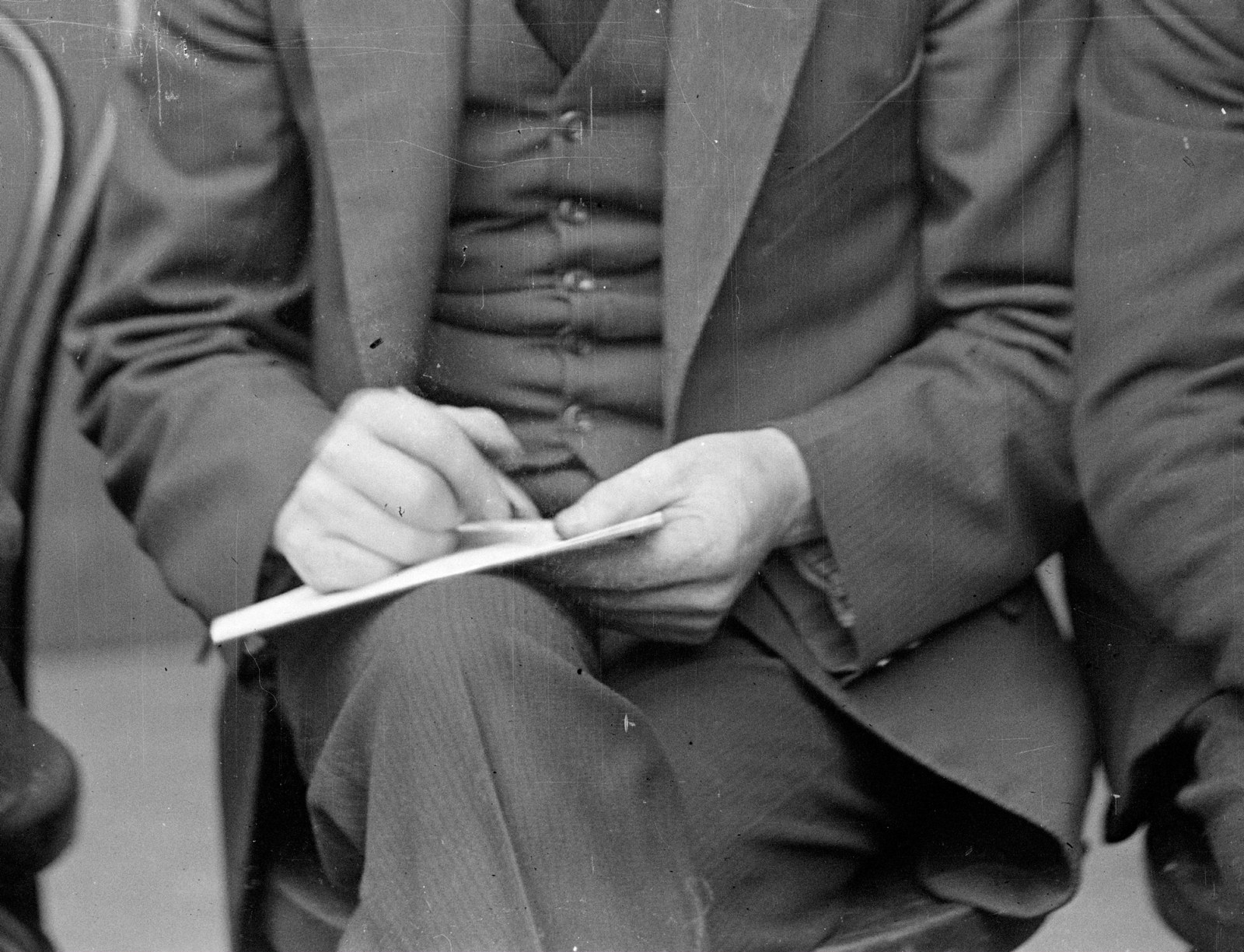
Underworld
Behind the scenes: How to read a ‘special’
Around the world, police forces followed established conventions when taking mugshots. But Sydney police in the 1920s did things differently
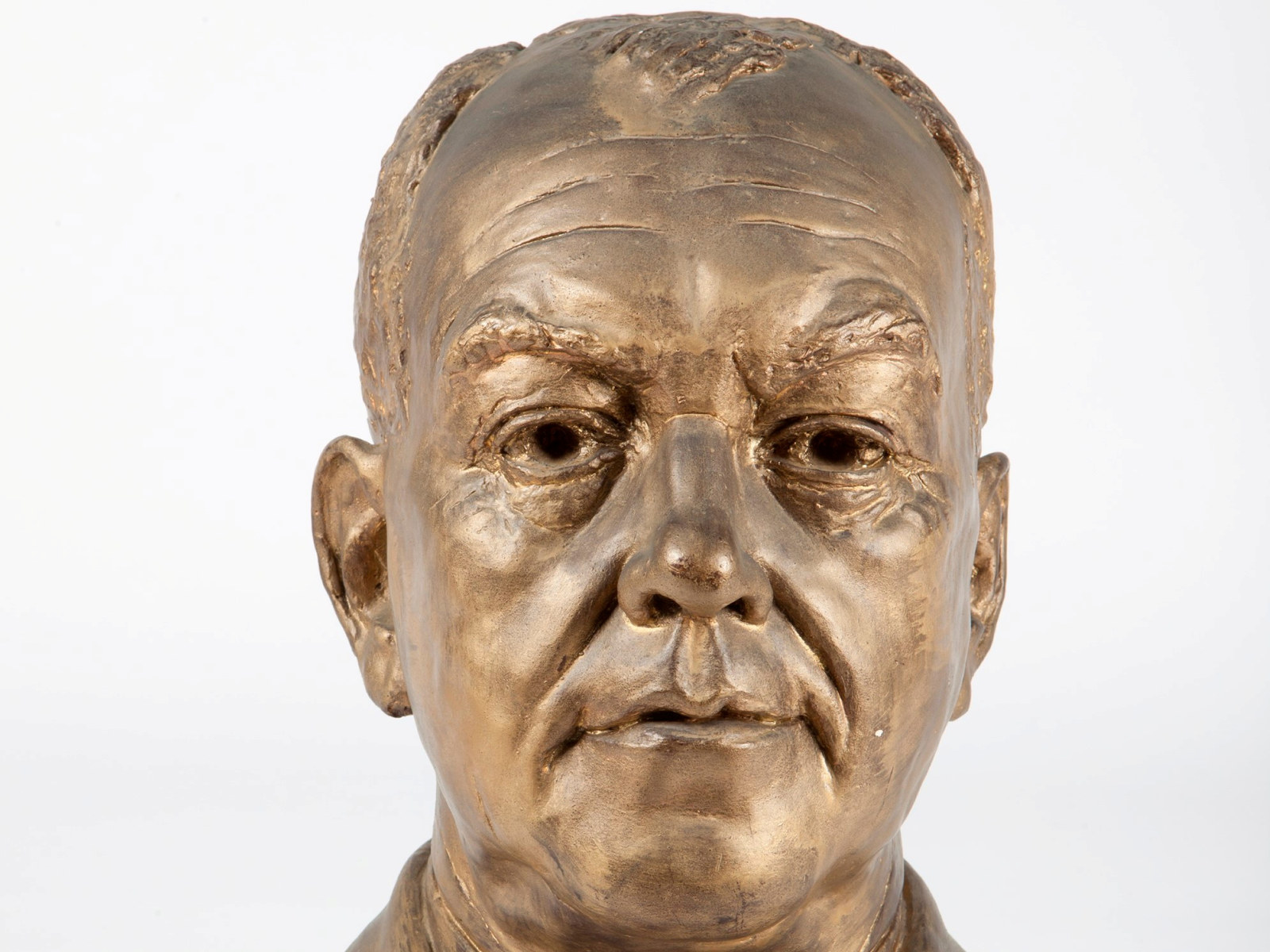
Underworld
Big Bill MacKay
William John MacKay (1885–1948), known as Bill, was a Scottish-born police officer who played a major role in policing Sydney’s underworld during the 1920s
These fragile glass plates are not directly accessible to the public. Instead, after Conservation makes a positive health check on this glass plate negative it will go to the Digitisation team, and the researcher will receive a digital copy.
Published on
Related
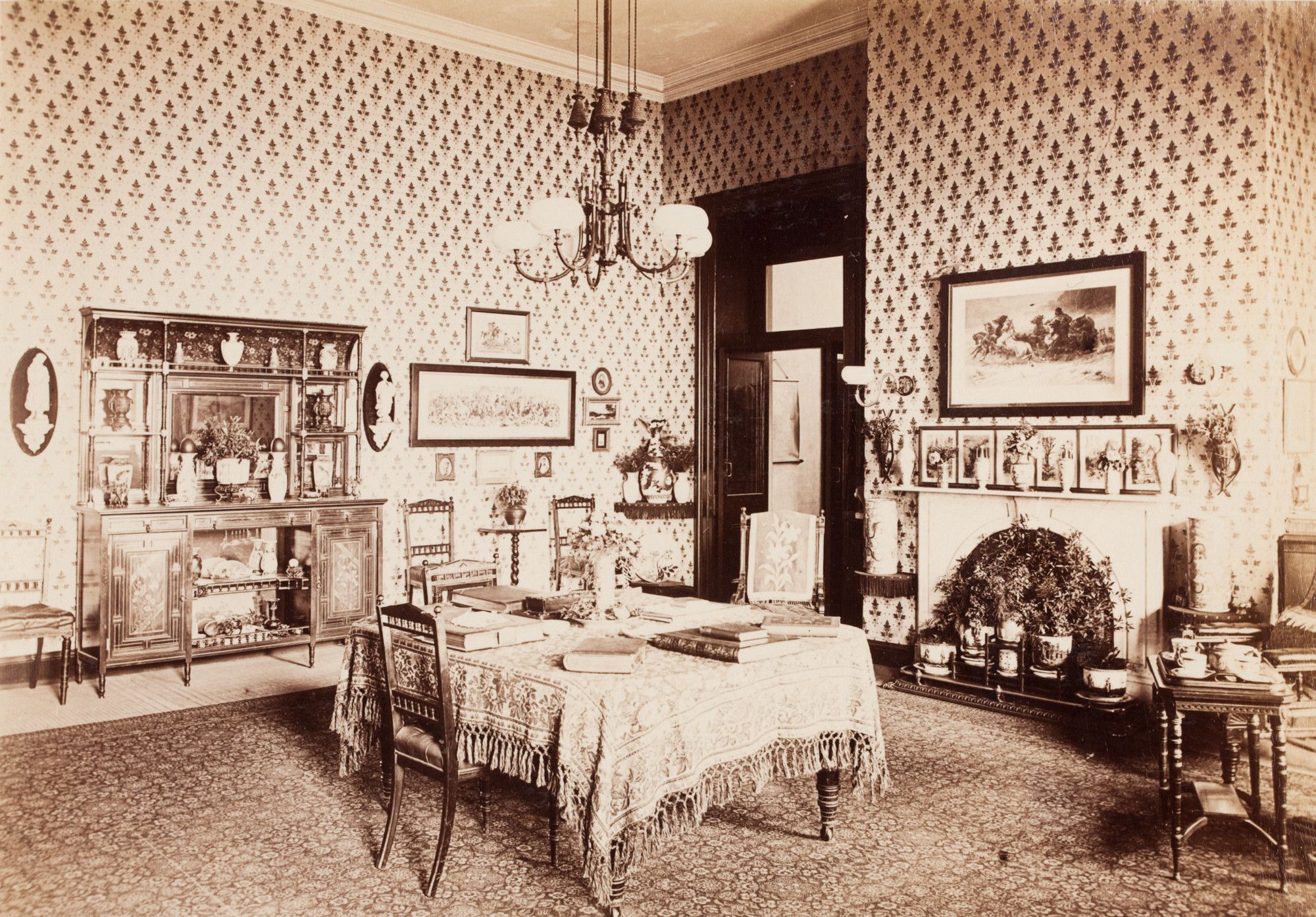
Unexpected views
Over the decades, photographers have captured unexpected glimpses of the Mint’s history
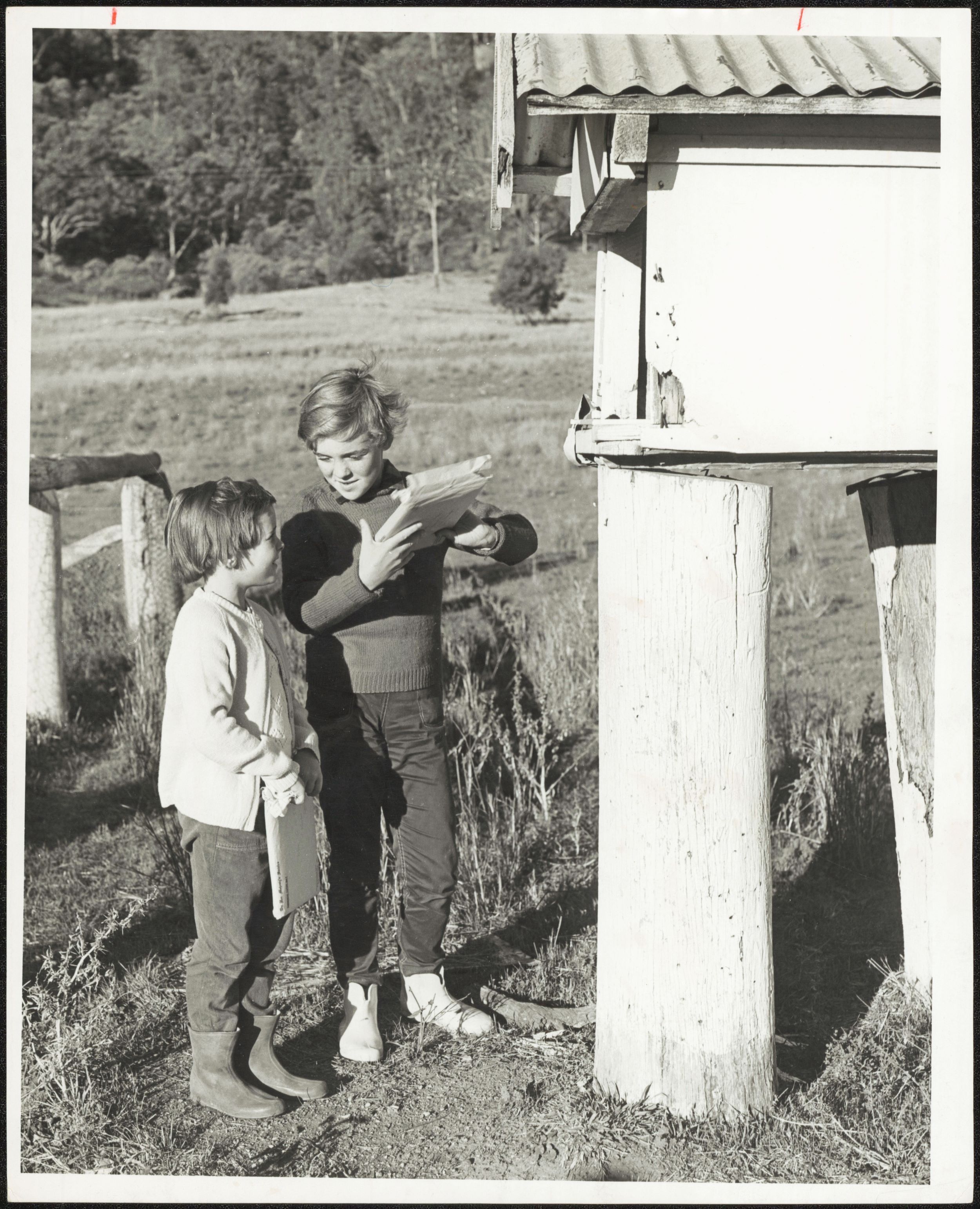
NSW Correspondence School
These photos show the NSW State Correspondence School, Blackfriars. It began in early 1916 for children living in remote and country areas

Underworld
Behind the scenes: How to read a ‘special’
Around the world, police forces followed established conventions when taking mugshots. But Sydney police in the 1920s did things differently